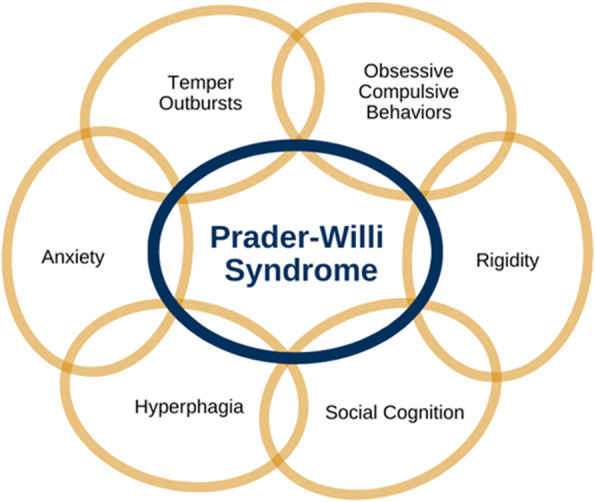Cessation of GH therapy and rapid increase in visceral fat (deep abdominal fat located around internal organs) and LDL cholesterol
SEPT 2018 – A Japanese research team, Koizumi et al, used dual-energy X-ray absorptiometry (DEXA scans) and abdominal computed tomography (CT scans) to compare the fat distribution between before ceasing GH treatment and 6 months and 12 months after the cessation of GH therapy in 7 adult PWS patients. All patients had been treated with GH for an average of 14.7 years and discontinued treatment at a mean age of 18.9 ± 1.8 years. Serum IGF-1 levels were decreased by discontinuation of GH therapy. Fat mass was significantly increased 6 and 12 months after GH cessation, whereas muscle mass and bone mineral density were unchanged during both study periods. Abdominal CT analysis revealed that elevations in fat mass were due to increases in VAT (Visceral Adipose Tissue) rather than SAT (Subcutaneous Adipose Tissue – fat that accumulates under the skin). Circulating low-density lipoprotein (LDL) cholesterol levels were also significantly elevated 6 months after GH cessation.
Increases in visceral fat and LDL cholesterol can significantly increase the risk of serious health problems. An excess amount of visceral fat can cause insulin resistance. It can also lead to an increased risk for diabetes, heart disease, inflammation, stroke and some cancers. LDL cholesterol is known as the ‘bad’ type of cholesterol which can put the heart at risk by forming blockages in the blood vessels.
The research team concluded that continuation of GH therapy in adulthood may be a therapeutic option to maintain body composition and improve quality of life. They also recommended further studies to assess the long-term benefits and any adverse effects of GH therapy in adults with PWS.
Read the full research paper here.

